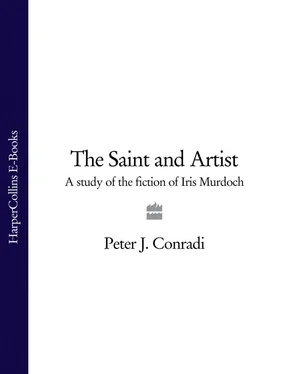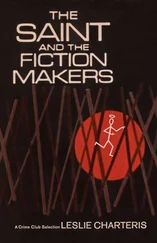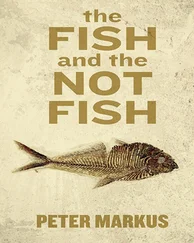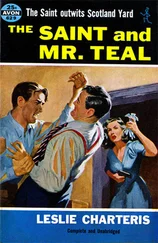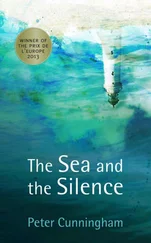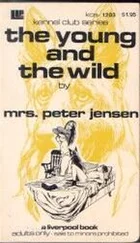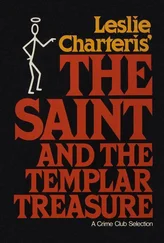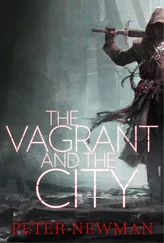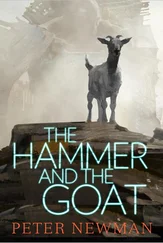The exact moment at which her disaffection with existentialism began may now be hard to determine. The spiritual claim that quarrels with it is present as early as Under the Net; and in a sense this argument has continued.
In the 1950s Murdoch began to read the great French mystic Simone Weil, whose influence on the novels A.S. Byatt has discussed in Degrees of Freedom. It is Weil’s strength that she does not, unlike Sartre, sentimentalise the position of being radically denuded and outside society. Murdoch has called Simone Weil’s Need for Roots ‘one of the very few profound and original political treatises of our time’(kv). It argues that the most terrible deprivation possible is the destruction of one’s past and one’s culture. Weil’s argument is that the affliction and degradation caused by the destruction of roots are such that they deprive all but the saintly person of the capacity to change or ‘unself’ from inside. The uprooted hurt and uproot others. Only for the saintly can virtue have no fixed address, in Weil’s philosophy and in Murdoch’s fiction. Morality depends, for Weil, on the slow attenuation or destruction of the ego, which itself requires a quiet environment. Sudden or violent deracination can mean complete or demonic demoralisation.
It is not that existentialism (or formalism) are wrong to attack the substantial self. It is rather that their attack is for Murdoch in bad faith. In pretending that the essential self does not exist the existentialist may behave like an ‘egotist-without-an-I’. The Buddhist attack on the fictionality of the ego is more profound, for both Weil and Murdoch, because it is based on a realistic assessment of the limited capacity of the ego to decentre itself, and because it is nonetheless designed to alter perception and behaviour. The originality of Murdoch’s novels is that they are full of a sense of what it means to come from one of the luckier, stabler societies or sections within that society, in an unlucky century, but avoid false piety about either that luck or that misfortune. The make-believe of ordinary life and the painful destruction of ordinary human illusion can be carried out anywhere, in a refugee camp or at a tea-table. Nowhere is privileged.
Just as her recoil from existentialism begins early, so does her attraction to a countervailing soul-picture which is, though absorbing much from Freud, religious yet (like Buddhism) atheist (and hence scandalous both to some Christians and to many humanists). Apart from a polemical letter to the New Statesman in 1941 defending the fellowtravelling Oxford Labour Group against J.W. Joad’s ‘liberal ethics of the nineteenth century’ and his facile invocation of ‘truth, beauty, goodness and love’, 12 Murdoch’s earliest prose publications are three reviews of books with Christian topics, written during the war for the Adelphi magazine. They already prefigure her developed ‘philosophy’ of the 1960s, which she pertinently called not so much a philosophy as a moral psychology (Caen, 1978) in its interest in the differences between people, and in ‘how conduct is changed and how consciousness is changed’ (Bellamy, 1977). These reviews, while making clear that she was non-Christian, also show that she was prepared calmly and sympathetically to consider the claim that ‘science and philosophy may come to rest afresh upon a specifically religious exposition of the nature of reality’. Two other passages seem relevant to later preoccupations. The first concerns her interest in the dualism of worldliness and unworldliness, and the problem of the contemplative’s ‘return to the Cave’: ‘One may sympathize with this horror that turns its face utterly from this world as a place of unrelieved filth and corruption – but the problem of the return to the Cave remains a very real one for Christianity.’ In the second she compares the detachment of the artist with that of the saint. The artist, she argues, is not ‘apart’ as the saint is: ‘He sees the earth freshly and strangely but he is ultimately part of it, he is inside the things he sees and speaks of as well as outside them. He is of their substance, he suffers with them. Of saints I know nothing…’ 13 That collocation of ‘fresh’ with ‘strange’ prefigures many of the effects of her novels. The ‘odd’ for her is often close to being or to revealing the beautiful.
From 1948 to 1963, when she gave up full-time teaching, she was Tutor in Philosophy and Fellow of St Anne’s College, Oxford. In 1956 she married the writer, critic and Oxford don John Bayley. John Fletcher has called theirs ‘one of the most fruitful literary and critical partnerships of our time, and remarkable in any time’. 14 While Murdoch showed her novels to nobody until they were absolutely finished, she and Bayley shared a common humanism and an admiration for Shakespeare and Tolstoy as the writers who best succeed in creating the illusion that their characters are free.
It is rare to find someone who excelled, as did Murdoch, both as a novelist and as a moral philosopher. The precedent at which she glances at various points is the founder of European philosophy, Plato. In 1968 she called herself a Platonist (Rose, 1968). As well as philosophy, Plato is rumoured to have written poetry which he later tore up, and I think that in Murdoch we may intuit what she saw in Plato in The Sovereignty of Good – some version of ‘the peculiarly distressing struggle between artist and saint’ (88). She spoke of this as a theme in her work in numerous interviews. She described the division between would-be saints – Belfounder, Tayper-Pace, Ann Peronett – who have the certainty and power which come as gifts of faith, and possess a mysterious radiance beneath their ordinariness, and the would-be artists – Donaghue, Meade, Randall Peronett – who are imposing form on to essentially uncontrollable nature. The saint is unconsciously good, silent, and for him it is action that counts. The artist is consciously, aesthetically creating his life. In an interview she suggested that the importance of this conflict had to do with the ways in which the temptation to impose form existed in life as much as in art: the value of truth must pull at both. 15
Thus the ‘ancient quarrel’ vivifies the novels themselves at the level of the moral psychology of the characters. Her depiction of artists – Miles in Bruno’s Dream, Bradley in The Black Prince – is always suspicious; not, as Dipple has too simply argued, that they are necessarily bad artists – in The Fire and the Sun Murdoch makes perfectly clear her view that ‘Good artists can be bad men’ (84) – but because ‘art’ itself is an analogue of the process by which we create in life a self-serving world view in which other people figure merely as subsidiary characters. This can be the only sense in which she refers, for example, to Michael Meade in The Bell as an artist – a man who has no strictly artistic ambitions.
Meeting Iris Murdoch in 1960 Ved Mehta wrote, ‘Among her friends and students Miss Murdoch has the reputation of being a saint, and she has no enemies’ (Mehta, 1961).
A received view of the post-war British novel treats it as in slow retreat from a simple-minded and ‘reactionary’ social realism, and moving towards an embrace of the purportedly ‘radical’ virtues of fantasy, Gothic, and romance. A new generation of writers, beneficiaries of the 1944 Butler Education Act which enabled children from poorer homes to enjoy higher education, reacted in the 1950s against the canons of Modernism. They perceived it as a metropolitan and rentier mode, the writing of a privileged group typified often by Virginia Woolf. The new realism, championed by Kingsley Amis and C.P. Snow, was resolutely provincial – anxious to celebrate the regions and to return, against the stylistic narcissism and self-consciousness of London and international Modernism, to the liberal conscience of Trollope, Wells, or George Eliot. The new realism, however, showed signs of strain. According to both Marxist and some liberal commentators this was because realism was underpinned by ‘liberal humanism’, an outmoded or inadequate ‘ideology’ whose superannuation cleared the way for more self-conscious, speculative and ironic forms. Social realism came to be seen as a naive or inauthentic mode, relying on a false view of the unified self, of perception and the innocent eye, and a falsely optimistic estimate of human history. And just as ‘realism’ came to be seen as a form of whiggish romancing, so ‘romance’ was to be the new realism. The novel thus acts out a Miltonic fall myth, first innocent and unselfknowing, later fallen, recessive, and wickedly self-conscious.
Читать дальше
